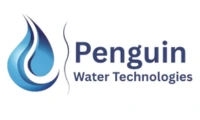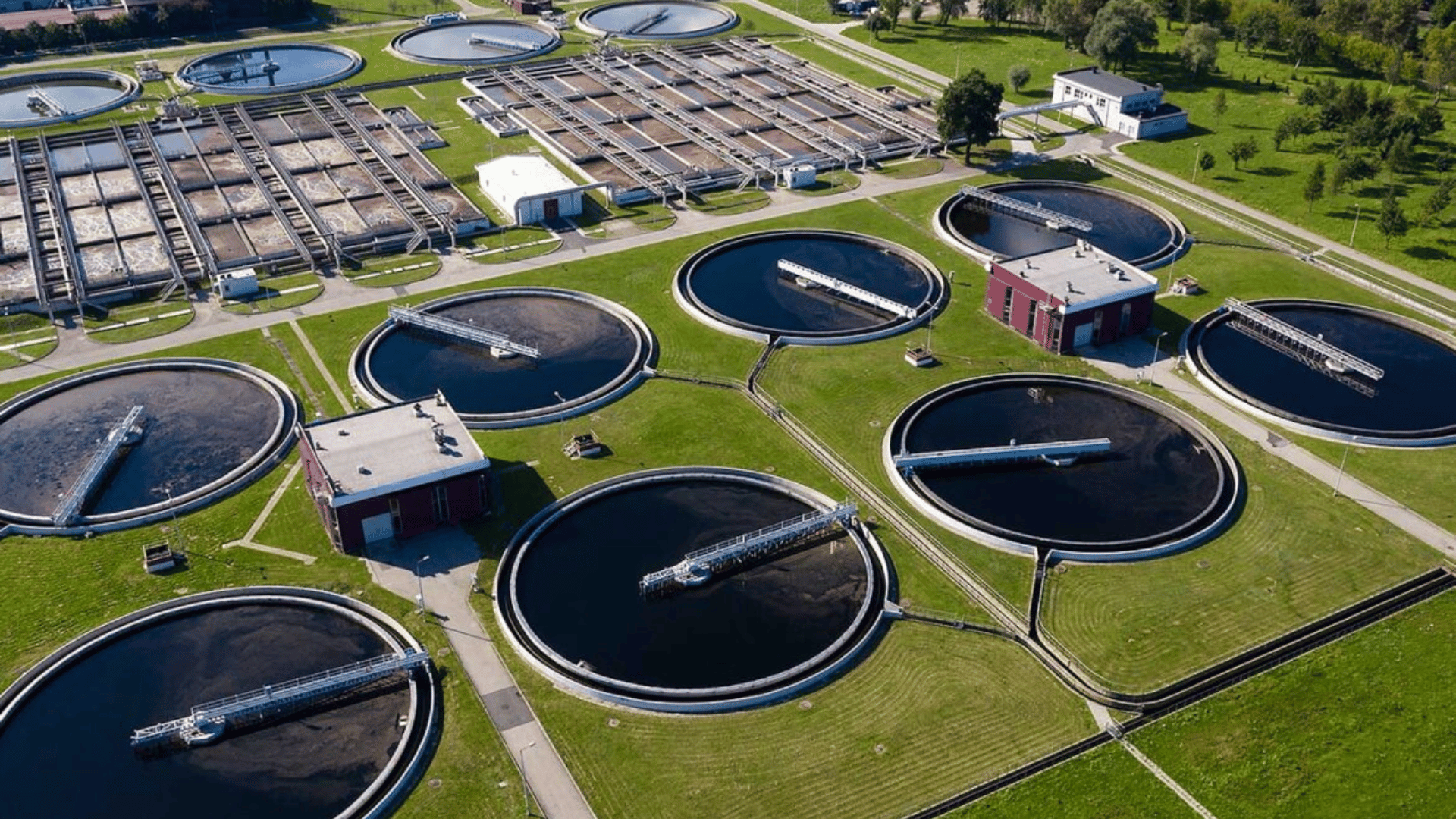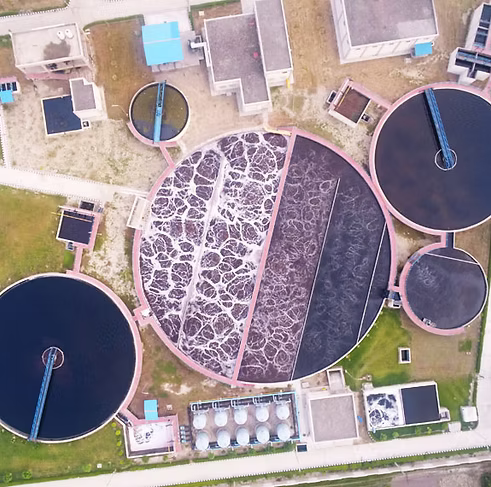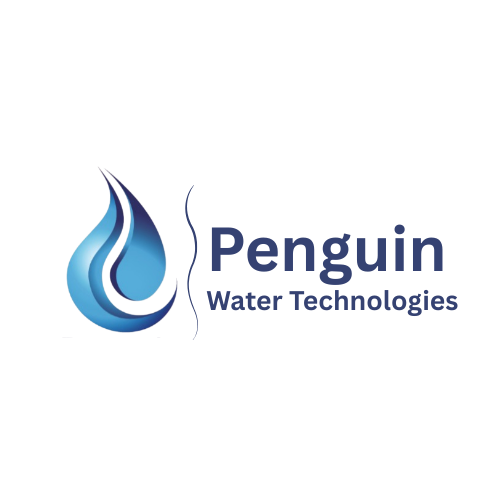FAQs
Penguin Water Technologies specializes in Sewage Treatment Plants (STP), Effluent Treatment Plants (ETP), Common Effluent Treatment Plants (CETP), and customized wastewater treatment solutions.
Our systems are designed to meet all national and international discharge standards, including CPCB and SPCB norms, ensuring regulatory compliance for your industry.
Yes, we offer tailor-made solutions based on your wastewater characteristics, volume, and treatment goals, ensuring optimal efficiency and cost-effectiveness.
We utilize cutting-edge technologies like MBBR (Moving Bed Biofilm Reactor), MBR (Membrane Bioreactor), SBR (Sequencing Batch Reactor), and advanced filtration methods.
Installation timelines vary by project size and complexity, but our expert team ensures timely delivery and efficient commissioning, often completing projects within a few weeks to months.
Yes, we offer comprehensive after-sales support, including regular maintenance, troubleshooting, and availability of spare parts to keep your plant running smoothly.
Our plants are designed to maximize water reuse and recycling, minimize sludge production, and reduce environmental impact, supporting your sustainability goals.
Absolutely. We provide scalable solutions that cater to small, medium, and large industries, including compact and modular plants for limited spaces.
By optimizing treatment efficiency and resource usage, our plants help reduce operational costs, including energy consumption and water procurement.
Simply contact our expert team for a free consultation and site assessment. We will guide you through the process from design to installation and beyond.




